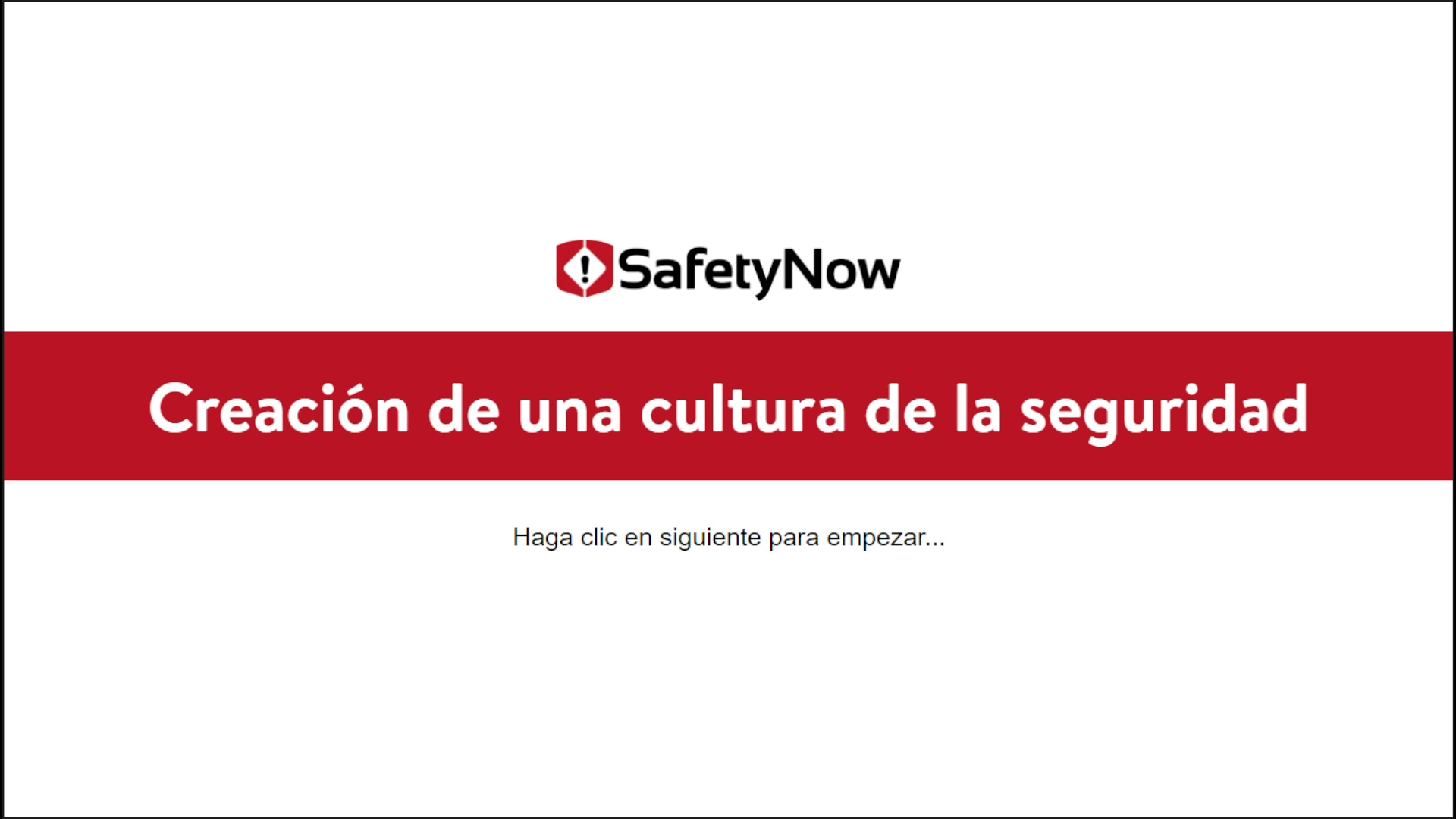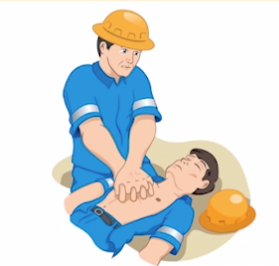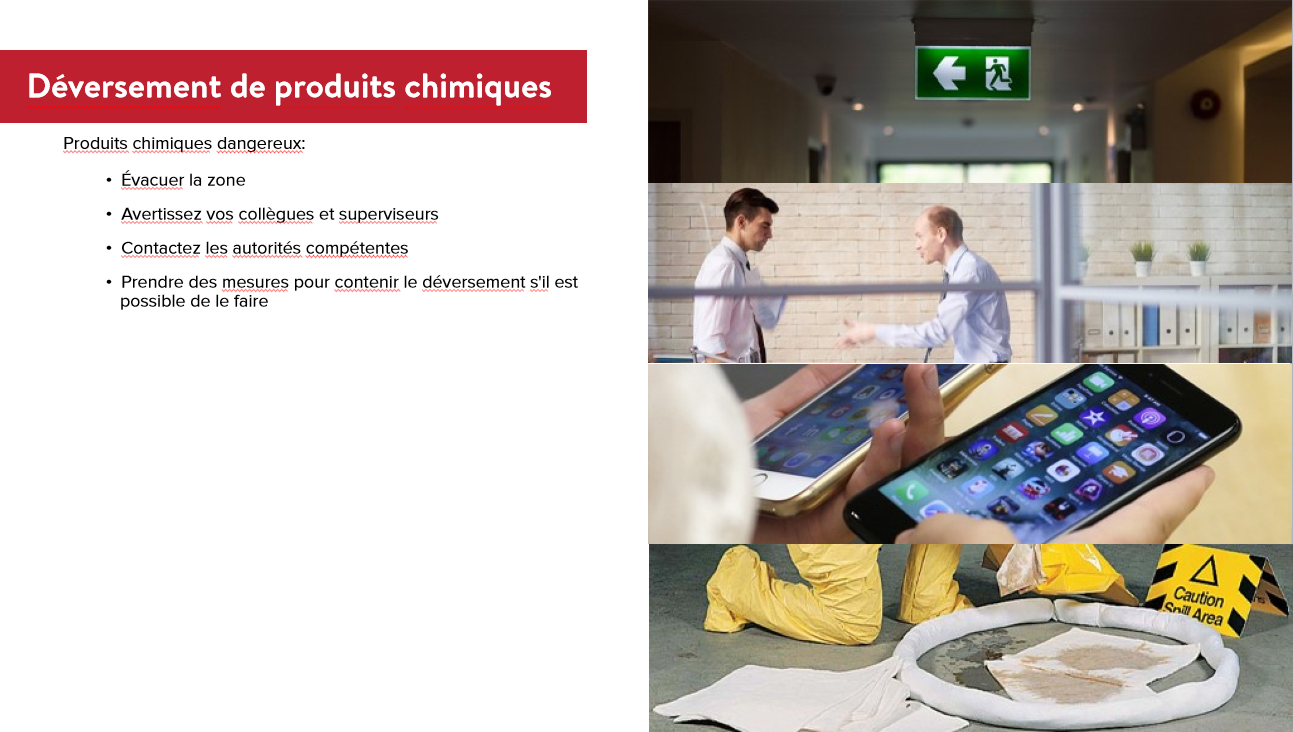-
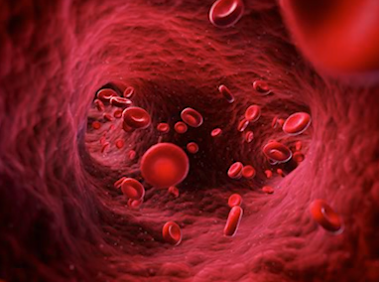
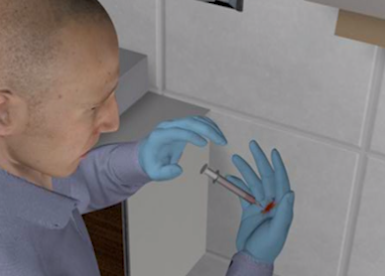 Bloodborne pathogens are viruses carried in human blood and other body fluids that cause disease in people. There are many different bloodborne pathogens, including malaria and syphilis, but the human immunodeficiency virus (HIV), hepatitis B (HBV), and hepatitis C (HCV) viruses, which can each lead to liver cancer, pose the most serious threat of workplace exposure. Perhaps no other profession is more at risk of the hazards posed by bloodborne pathogens than the medical profession, but that’s not to say that awareness and prevention measures shouldn’t be prevalent in all workplaces, because the price of ignorance can be very costly and simple understanding of some bloodborne pathogen basics, really can save lives. The goal of this training course is to educate employees to minimize their exposure to bloodborne pathogens.
Bloodborne pathogens are viruses carried in human blood and other body fluids that cause disease in people. There are many different bloodborne pathogens, including malaria and syphilis, but the human immunodeficiency virus (HIV), hepatitis B (HBV), and hepatitis C (HCV) viruses, which can each lead to liver cancer, pose the most serious threat of workplace exposure. Perhaps no other profession is more at risk of the hazards posed by bloodborne pathogens than the medical profession, but that’s not to say that awareness and prevention measures shouldn’t be prevalent in all workplaces, because the price of ignorance can be very costly and simple understanding of some bloodborne pathogen basics, really can save lives. The goal of this training course is to educate employees to minimize their exposure to bloodborne pathogens. -


The safety culture of an organization can be improved only by demonstrating clear commitment by management with visible leadership. The key to implementing a positive safety culture is the involvement and cooperation of workers. Another way to create a positive safety culture is Health and Safety empowerment.
-
Sale!
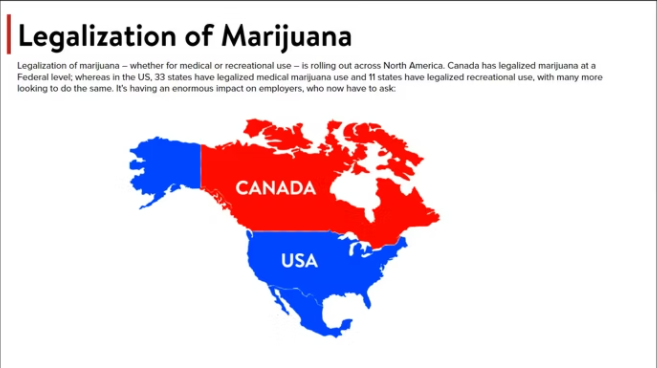
 This course will cover workplace safety regarding cannabis use.
This course will cover workplace safety regarding cannabis use. -
Sale!
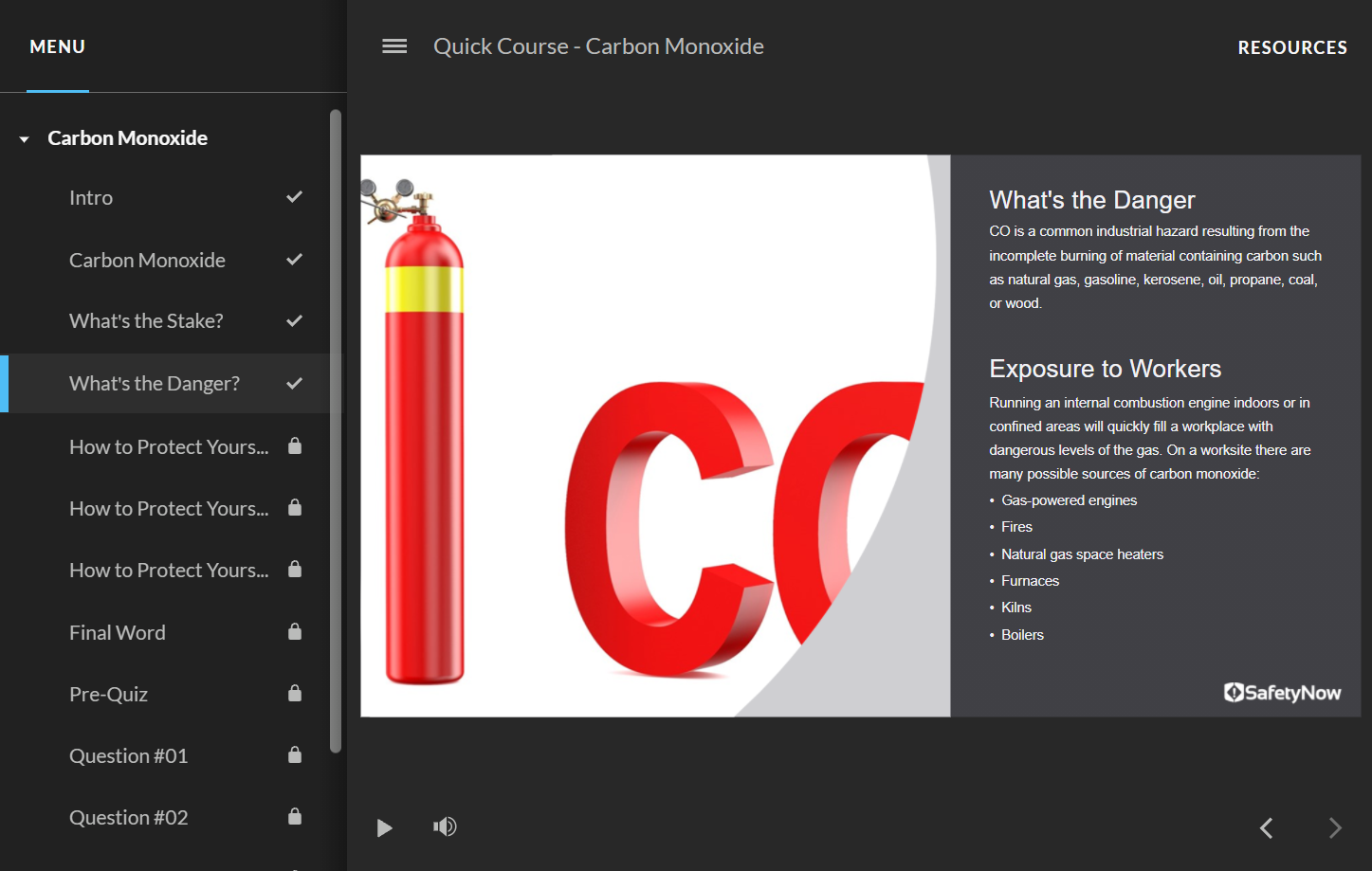
 Carbon Monoxide (CO) is an invisible, tasteless and odorless gas that can be lethal to human beings. Due to its difficult detection, carbon monoxide is a serious concern in the work place.
Carbon Monoxide (CO) is an invisible, tasteless and odorless gas that can be lethal to human beings. Due to its difficult detection, carbon monoxide is a serious concern in the work place. -
Sale!

 Each day you work with industrial chemicals, there is a high-risk work environment. Although chemicals are a broad category, almost always the substances we’re talking about are unpredictable, unstable, and dangerous when handled unsafely.
Each day you work with industrial chemicals, there is a high-risk work environment. Although chemicals are a broad category, almost always the substances we’re talking about are unpredictable, unstable, and dangerous when handled unsafely. -
Sale!

 Este curso le enseñará a los aprendices a reconocer los riesgos químicos en el lugar de trabajo, siendo capaces de detectarlos, protegerse y comprender los programas de Hazcom existentes.
Este curso le enseñará a los aprendices a reconocer los riesgos químicos en el lugar de trabajo, siendo capaces de detectarlos, protegerse y comprender los programas de Hazcom existentes. -

 This lesson covers the required awareness training on the occupational hazards common to the handling and use of chemicals, measures you can take to protect yourself from chemical hazards, safe practices for chemical storage and waste disposal, and the correct response to emergency situations involving chemical spills. This lesson does not cover information related to radiological agents, explosives, and biohazardous/infectious agents.
This lesson covers the required awareness training on the occupational hazards common to the handling and use of chemicals, measures you can take to protect yourself from chemical hazards, safe practices for chemical storage and waste disposal, and the correct response to emergency situations involving chemical spills. This lesson does not cover information related to radiological agents, explosives, and biohazardous/infectious agents. -
Sale!

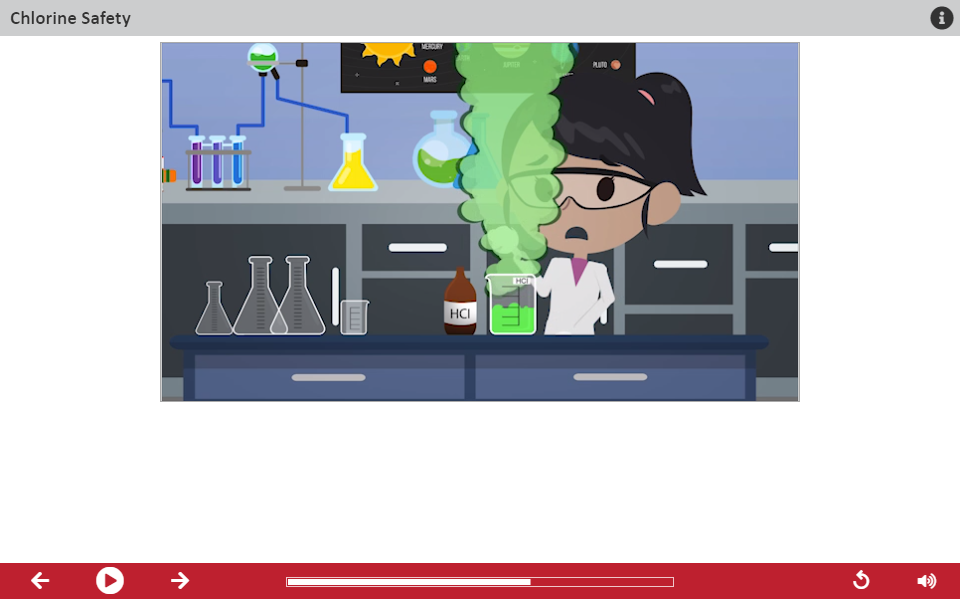 When you think of chlorine, you think of the chemical that is added to swimming pools, the stuff that makes your eyes itchy and bloodshot and gives your hair an odd green hue, right? And aside from that, it’s fairly harmless, right? But it should be remembered that chlorine is a dangerous chemical.
When you think of chlorine, you think of the chemical that is added to swimming pools, the stuff that makes your eyes itchy and bloodshot and gives your hair an odd green hue, right? And aside from that, it’s fairly harmless, right? But it should be remembered that chlorine is a dangerous chemical. -
Sale!

 The goal of this lesson is to provide awareness training to help workers recognize the occupational hazards and health hazards of chlorine exposure and the exposure controls, and how to respond to a chlorine spill or release. (Spanish Version)
The goal of this lesson is to provide awareness training to help workers recognize the occupational hazards and health hazards of chlorine exposure and the exposure controls, and how to respond to a chlorine spill or release. (Spanish Version)

